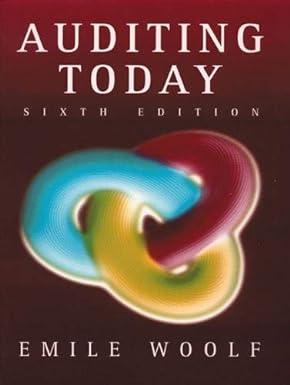Question
1. Consider two countries (Russia and India) that can produce two goods (Books and Automobiles) using two factors of production (Economists and Workers). Assume the
1. Consider two countries (Russia and India) that can produce two goods (Books and Automobiles) using two factors of production (Economists and Workers). Assume the regular assumptions of the Heckscher-Ohlin model apply and that factor endowments between the two countries are given by:
Russia India
Economists 240 80
Workers 12,360 2480
Likewise assume that average factor requirements for Books and Automobiles (in both Russia and India) are given by:
Books Automobiles
Economists 2 1
Workers 560 432
(a) Which country has a comparative advantage in which good? What will be the pattern of trade? Explain.
(b) (Points: 3) Demonstrate your answer to (a) by drawing the production possibility frontiers as well as the price lines (with both autarky and trade) for both Russia and India. Place books on the vertical axis. On each picture, label the autarky production/consumption point A, the production point after trade B and the consumption point after trade C (note: you cannot numerically solve for any of these points. I will just be checking that your pictures and where you place these points are consistent with your answer in part (a)).
(c) Will Economists in the Automobile industry in Russia benefit or be hurt by trade with India in the short-run? Explain.
(d) Will Economists in the Automobile industry in Russia benefit or be hurt by trade with India in the long-run? Explain.
Step by Step Solution
There are 3 Steps involved in it
Step: 1

Get Instant Access to Expert-Tailored Solutions
See step-by-step solutions with expert insights and AI powered tools for academic success
Step: 2

Step: 3

Ace Your Homework with AI
Get the answers you need in no time with our AI-driven, step-by-step assistance
Get Started


